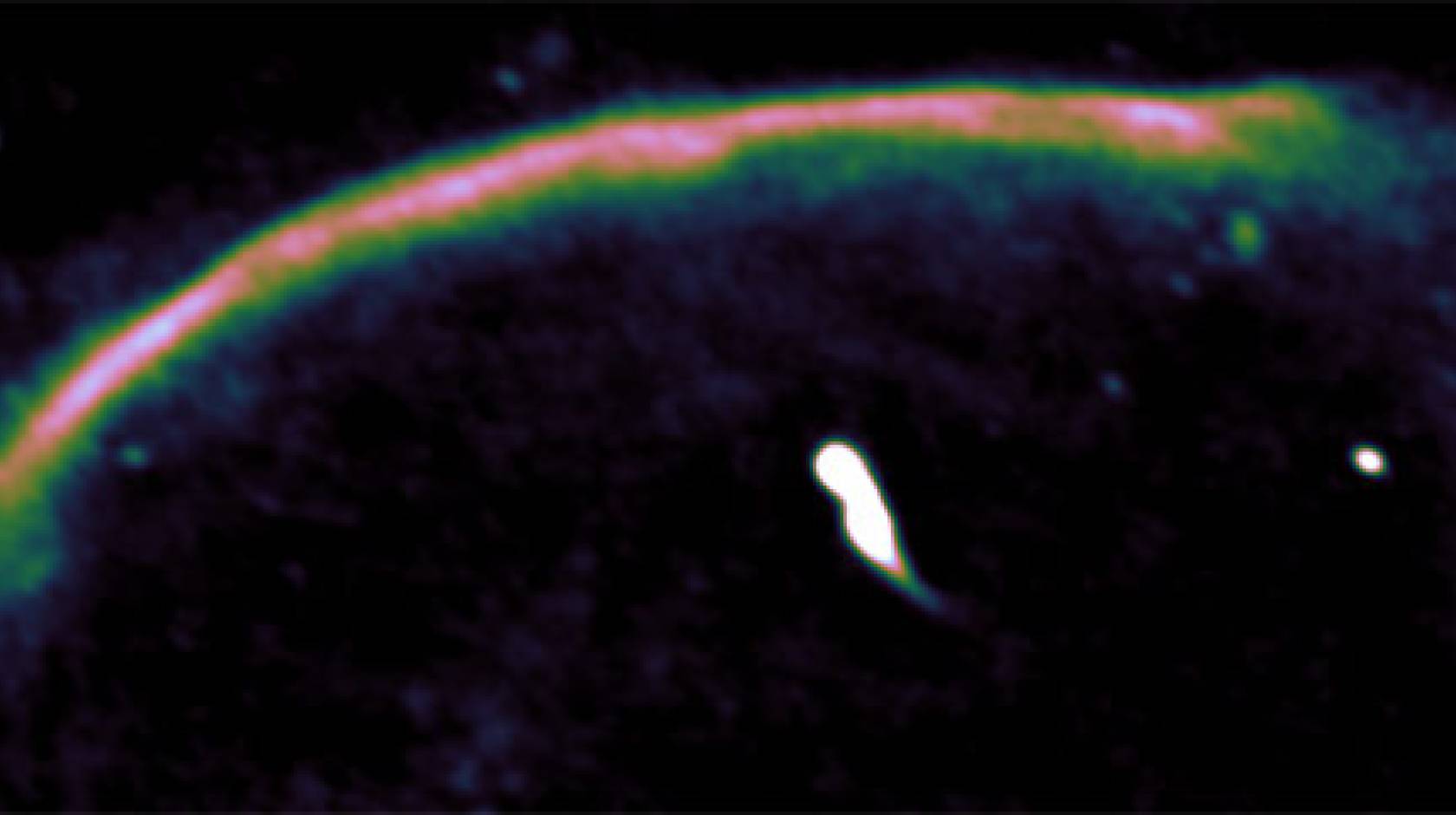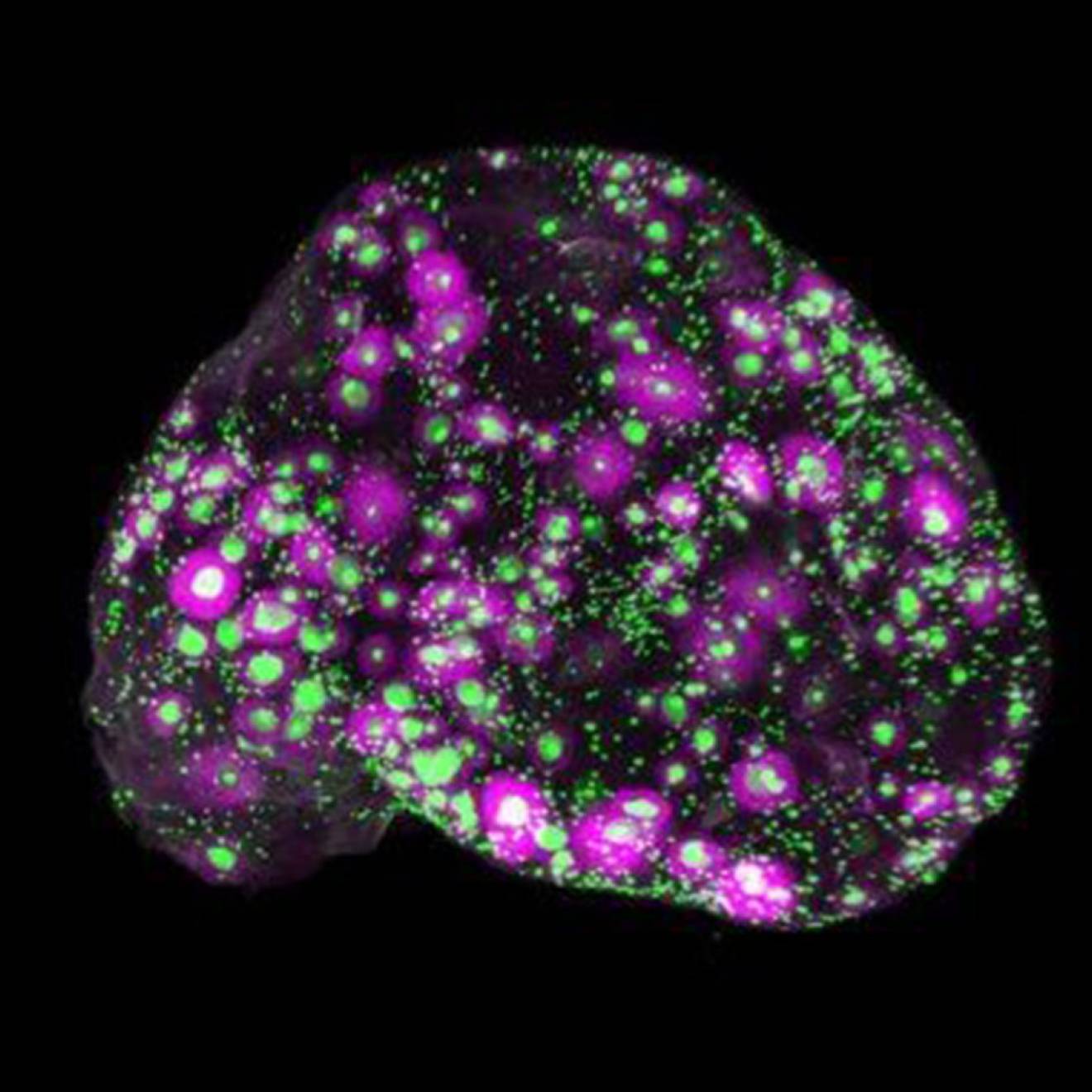Andy Fell, UC Davis

Galaxies are often found grouped into clusters, which contain many "red and dead" members that stopped forming stars in the distant past. Now astronomers have found that when galaxy clusters collide, the resulting shockwave can “wake up” these dormant galaxies and drive a new generation of star formation.
The international team that made the discovery is led by Andra Stroe of Leiden Observatory in the Netherlands and David Sobral of Leiden and the University of Lisbon, Portugal, and researchers Will Dawson and James Jee from UC Davis and the Lawrence Livermore National Laboratory, and David Wittman, associate professor of physics at UC Davis. The work is published Friday (April 24) in two papers in the journal Monthly Notices of the Royal Astronomical Society.
The astronomers observerd merging galaxy cluster CIZA J2242.8+5301, nicknamed the "Sausage," through telescopes in La Palma and Hawaii.
“We found that as shock waves associated with major cluster mergers pass through galaxies it actually causes enhanced star formation rates, somewhat of a baby boom of stars,” Dawson said. “This is a bit surprising because galaxy clusters are typically thought to be hostile environments which quench new star formation.”
The shock when two clusters merge cause turbulence in galactic gas, creating cold, dense clouds of gas that favor star formation, the researchers say.
However, Sobral said that this rapid star formation at this rate leads to a lot of massive, short-lived stars which explode as supernovae within a few million years, driving gas out of galaxies so that they run out of “star fuel” and lapse back into a dead state.
The next step is to see if the Sausage cluster is unique and that these bursts of star formation need very particular conditions. By studying a much bigger sample of galaxies, the team hope to find out exactly how they happen.

